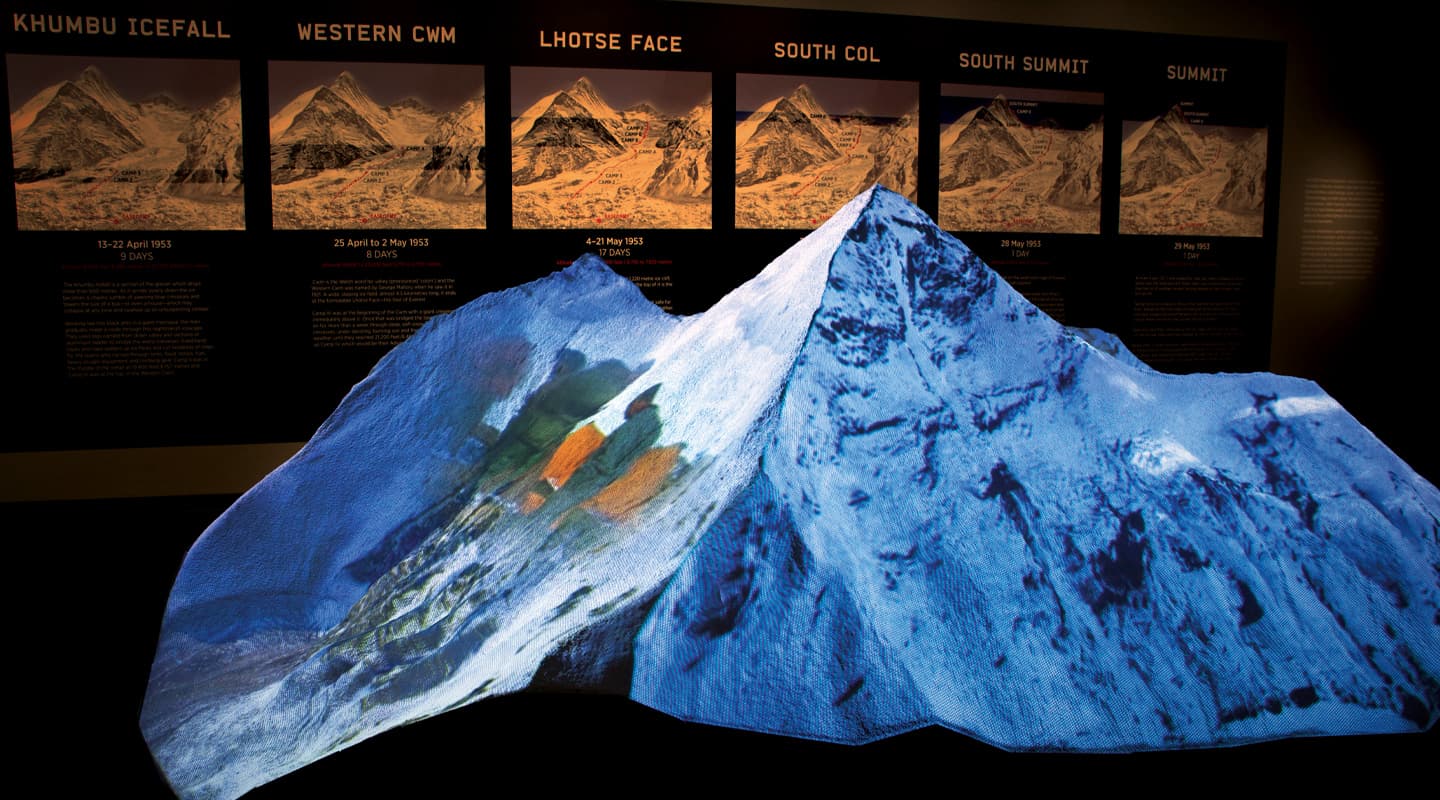
Moving Mountains
The Auckland Museum brings Everest to life in celebration the 60th anniversary of the first ascent.
Text:/ Derek Powell
Aucklanders are fiercely proud of their home-grown hero Sir Edmund Hillary who, along with Tenzing Norgay, made the first successful ascent of the world’s highest peak. Sir Ed, as he is fondly known in New Zealand, bequeathed his wonderful collection of objects and images to the museum, including his forged steel ice axe and the hand-written diary he kept on the expedition.
For the 60th anniversary of the ascent, the first major milestone since the passing of Sir Ed in 2008, the museum was determined to create an exhibit that would help a new generation of Aucklanders come to know the man who features on the New Zealand five dollar note.
Janneen Love, the exhibition developer, described the thinking behind the display. “We wanted to ensure we didn’t repeat ourselves and if there was any opportunity to share the story with a younger audience, it seemed that should be our focus too.”
TALKING ED
The ideas actually started to evolve much earlier and Janneen related that the museum had received really good feedback from Sir Ed himself following the 50th Anniversary display. “One thing [Sir Ed] was really perplexed by was that people would still ask him the question: ‘Who got to the top first?’ and he was quite passionate about letting people know that it was a two people on a rope and you moved as a unit, so that it was a team, he wasn’t the only person that climbed the mountain, there was a whole team that got him up there.”
As the planning for the 60th anniversary progressed, twin themes emerged, with the story of the teamwork of the climb, matched with the good works that Sir Ed, and the foundation he started, have achieved for the community in Nepal. “We didn’t want to just rely on text,” Janneen explained. “We needed to think creatively about how to share the story with a younger audience, which led to the idea of making the mountain the central point, because the mountain has remained.”
(above) The 1.5m-high scale replica of Mount Everest was made from polystyrene, covered in a fibreglass skin and finished with pearlescent paint. The model acts as a perfect three-dimensional screen for the images mapped onto it from three Sony short-throw video projectors.
All images courtesy of Auckland Museum
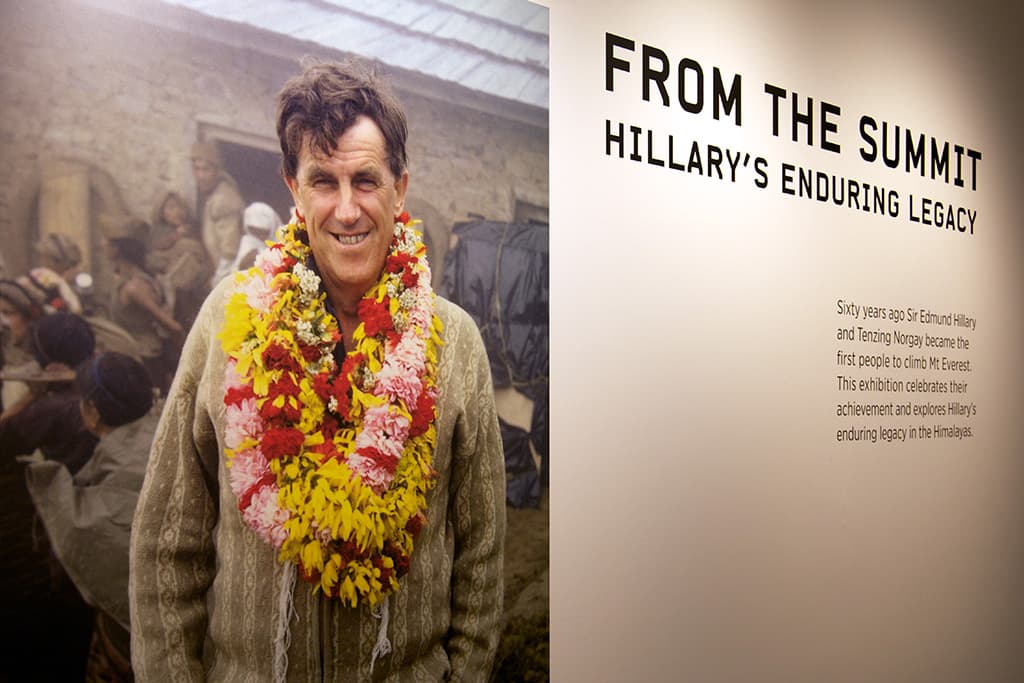
UPDATED DIORAMA
The first concept was a simple diorama – a very traditional museum technique, but one the team sought to update by wrapping it in projection. Some wonderful contemporary film had been shot by fellow New Zealand expeditioner George Lowe which was made into a film The Conquest of Everest. The Museum approached Canal Plus, which readily agreed to make the priceless footage available to them. “Because it was for Sir Ed, we seemed to get a lot of input and a lot of effort from a lot of people for not a lot of cost,” Janneen noted brightly. But putting all this together needed not just a lot of work but also, as it turned out, a beer or two.
Jon Baxter, special effects guru from Perceptual Engineering takes up the story. “A friend I’ve done a few collaborations with, Robin Rawstorne, mentioned that he was doing this thing with Mount Everest,” he recalled. “So we just started yarning, over a couple of beers, about how we could represent a mountain in a museum.”
Robin, who was designing the concept for the exhibition, knew that Jon had a special interest in augmented reality. “I’ve been kinda interested in the boundary between the physical world and the virtual world,” Jon explained. “We wanted to get a whole lot more out of the mountain than just a static object and projection felt like an obvious way to do a whole lot more, and get way more illusionary.”
But first they were going to need a mountain.
SCALING THE HEIGHTS
The plan was to create a 1.5m-high scale replica of Mount Everest from polystyrene, cover it with a fibreglass skin and then finish it off with pearlescent paint. The model would act as a perfect three-dimensional screen for the images mapped onto it from all around by three short-throw video projectors. That part of the job fell to freelance designer Andy Hoey. Working from topographical maps and reference photos on Google Earth, Andy created a 3D computer map in Maya using ZBrush software. After countless hours of digital ‘carving’ (with its six million reference points), his digital model was finally realised from polystyrene using a multi-axis laser cutter.
The next step was prepare the projected media that would overlay the physical object. The first job was to apply some texture to the virtual model in the PC, so it was back to Maya again. Working from photographs, three separate ‘matte paintings’ were created, one from each of the three viewpoints above the mountain where projectors would later be positioned.
To bring the exhibit to life, Jon would first create a sunrise to sunset sequence on the mountain, replete with the lush orange and violet hues of dawn and dusk. “We had to paint all the shadows out – we didn’t want any shadows in the base matte painting,” Jon explained. “So we rendered a very ambient texture from each of those three angles. Then we moved the sun around in Maya – and that gave us the shadow path and the colours that would play across the model. The moving sequence had to be rendered three times from the three camera positions.” Jon confesses that things got a little ‘nerdy’ as the team tried to work out the exact position for the sun rising and setting on that famous day in 1953. “There were lots of arguments but I think we got it fairly close,” he laughed.
The next step was to bring the three renders into Flame to add the video content.
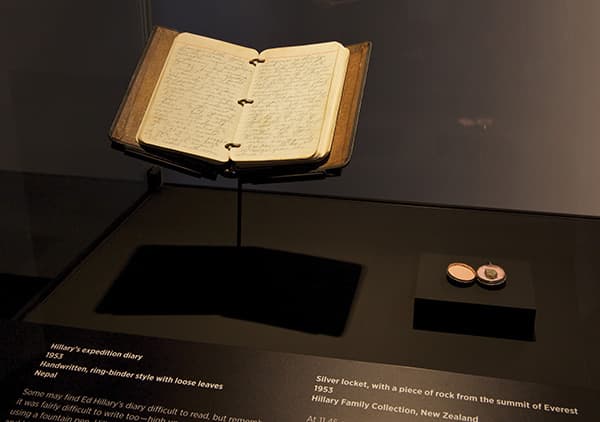
THE CLIMB
To represent the full experience of the climb through the seven-minute exhibition cycle, a projected line starts out from the base of the valley. Following the exact route noted in the hand-written expedition log, the red line tracks repeatedly up and down the mountain as over 50 days the climbing team establishes the camps, bridges crevasses and dumps supplies for the final assault team. Excerpts from the film are projected onto the slopes adjacent to the camps, recalling the experience of the men slogging it out in their bulky climbing gear.
After all the planning, building, rendering and finishing, the last step after installing the three Sony VPL-SW125 short-throw data projectors was the critical line-up.
“It didn’t quite line up,” Jon admitted, “which it never does because if you are just one millimetre off it throws it out of whack but that’s where ‘MadMapper’ comes into its own.”
The MadMapper replay software ran on a single Mac Mini computer equipped with a three-output Matrox TripleHead2Go graphics card driving the projectors. “It gives a very easily adjustable mesh so you can move each part of the mountain until its bang-on,” Jon commented. “The final lineup happened pretty quickly – a day’s work just wandering round the mountain lining up every pixel. Then push ‘Play’ and leave it alone for a year!”
FINDING THE MAGIC
The final result is pure magic and Aucklanders have taken it to their hearts. The display, originally intended to run for just six months, has been extended to a whole year by public demand. According to exhibit developer Janneen Love, that’s a situation almost unprecedented in the tightly scheduled museum world.
Jon Baxter admitted the Everest exhibit was the most complex thing he had ever worked on. “I guess we were trying to blur the lines between computers and the physical world,” he said. “But as soon as that line starts getting blurry, it opens up so many doors for illusion that are way beyond just projecting onto an existing object.
“Just doing an accurate depiction of a mountain isn’t enough – you need to somehow find the magic,” he continued. “All the technical stuff, you can solve because you just stay late that night and work it out – but then the creative part, that’s where it gets difficult. But that’s where it should be hard because that’s the important stuff.”
From within the exhibition gallery, it is clear that the ‘creative stuff’ and the ‘technical stuff’ mesh perfectly with the real-life artifacts to convey the inspirational story of teamwork on the mountain. And 60 years on, the same kind of teamwork has produced a mesmerising world-class exhibit. I think Sir Ed would have approved.

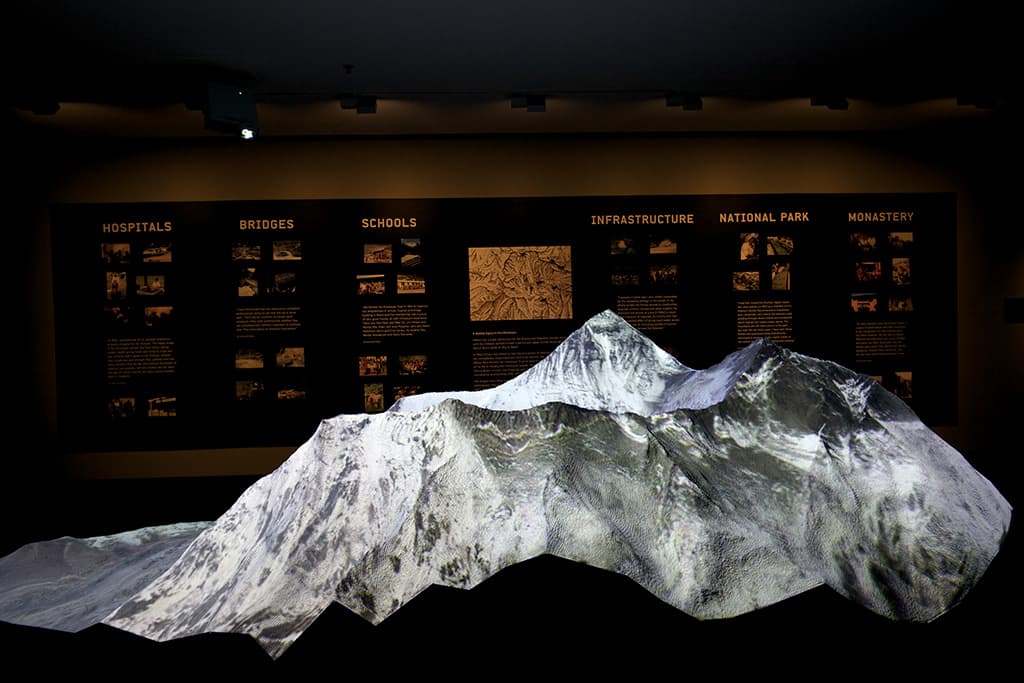
PERSONNEL
Exhibit Developer: Janneen Love, Auckland War Memorial Museum
Concept Design: Robin Rawstorne – Rawstorne Studios
Projection System: Jon Baxter
Flame Artist: Jon Baxter
3d Modelling and Texturing: Andy Hoey
Sound Design: Peter Hobbs – Harmonic
Physical mountain build: Cutting Innovations
WEB REFERENCES
Auckland Museum: www.aucklandmuseum.com
Perceptual Engineering: www.perceptual-engineering.com
ZBrush: pixologic.com
Maya: www.autodesk.com/products/autodesk-maya/overview
TripleHead2Go: www.matrox.com/graphics/en/products/gxm/
Flame: www.autodesk.com/products/autodesk-flame-family/overview
MadMapper: www.madmapper.com
EQUIPMENT LIST
Replay System: Apple Mac Mini Matrox TripleHead2Go
Projection: 3 x Sony VPL-SW125


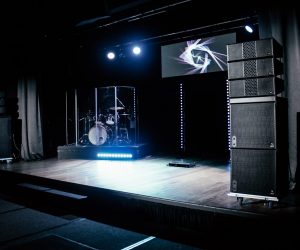


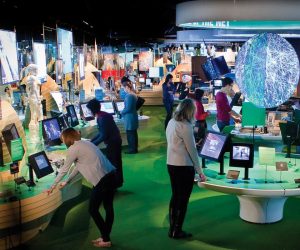
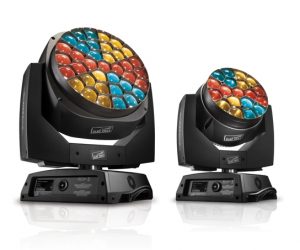








RESPONSES